|
Materials Needed: 1 sheet of graph paper (per student) 2 page lesson with answer key (bar graph graded separately) Lesson Involves: Creating a bar graph Adding and subtracting 2 digit numbers Subtracting money with coins $99.00 -$50.75 How much more than Most and least Directions: Use the information below to fill in the chart and answer the following questions. Re-read the passage and double check your answers! Lesson: 5 children have birthdays in the same month. Students are instructed to read the word problem, then fill in the chart below with details of how much birthday money each kid received. Afterwards, students are instructed to use the same chart to answer questions regarding HOW MUCH MORE money does one birthday kid have over another, who has the LEAST / MOST amount of money and various scenarios of how much money a birthday kid will have left if they spend it on particular objects. Finally, students are asked to use their graph paper to create a bar graph to chart how much money each person received for their birthday. This can either be used as a homework assignment, in-class practice or quiz. Happy Teaching!
0 Comments
4 Pages 1 Addition Worksheet 1 Subtraction Worksheet 1 Multiplication Worksheet 1 Division Worksheet 4 Pages 1 Addition Worksheet 1 Subtraction Worksheet 1 Multiplication Worksheet 1 Division Worksheet 2 pages, 8 questions This lesson asks students to identify Acute, Obtuse and Right angles. It was successful with my 4th grade students. This can either be used as a morning warm-up, math warm-up, homework, in-class practice or quiz.
Believe it or not, one of my 8th graders showed me this trick and it blew my mind!
Some of you may be thinking, this isn't a useful resource because it doesn't help the student understand the concept of multiplying by 9 and that's understandable. However, I've taught 4th and 5th grade special education and little tricks like these are a lifesaver and confidence booster when students encounter multiplication problems. I really hope you find this helpful too.  Multiplying by 9: A Tip You Won't Forget by The Teacher Treasury is licensed under a Creative Commons Attribution-NonCommercial-NoDerivatives 4.0 International License. Based on a work at http://www.theteachertreasury.com/free-downloads/a-helpful-tip-to-remember-the-next-time-you-multiply-by-9-mini-poster.
Optional Materials: 1 sheet of graph paper (per student).
This is if you want them to graph the information from the pictograph. 2 pages, 14 questions Directions: Tony sold pencils to his friends. The pictograph below shows how much money he earned. Lesson: Students are asked to read a pictograph where dollar signs ($) = $2 Students must understand the concepts of: minimum maximum most least more than less than same amount true or false statements  Reading Pictographs: Tony's Pencil Stand by The Teacher Treasury is licensed under a Creative Commons Attribution-NonCommercial-NoDerivatives 4.0 International License. Based on a work at http://www.theteachertreasury.com/free-downloads/reading-pictographs-tonys-pencil-stand. 1 page, 21 questions. This practice sheet reviews: Factors Greatest Common Factors Least Common Multiples Least Common Denominator Mixed Numbers Improper and Equivalent Fractions Happy Teaching! A few more word problems for students to solve using addition, subtraction, multiplication and repeated addition. Students are asked to identify each number sentence as either TRUE or FALSE. 4 pages, 15 questionsStudents are asked to solve word problems involving basic addition, subtraction, multiplication and division skills. Directions: Read each of the following math problems carefully. Re-read the problem to make sure you understand. Show your work and circle your final answer. For this quick assessment, I included the definitions of maximum, minimum and median at the top to remind students of the difference. When teaching special education, I often provided students with just a little more information than usual to help them feel more confident about completing activities. 2 pages, 12 addition problems eachThese pages are great for students who have difficulty with spacing and lining up their numbers. Unfortunately, the original free printable featured in this post below doesn't seem to be working. Below, I've provided a few other free options to consider as an alternative. Don't wait any longer...head over to Learning's a Hoot to download this free printable! (Unfortunately, the link provided on this page may no longer be working.)
8 activities/assignments
19 pages total, including a personal word wall for writing out numbers Directions Include:
This lesson also includes a 6 page, 20 question Word Problems activity/assessment filled with a variety of questions involving standard form, expanded form, written form and place value.
FREE BETWEEN 1/26/2014 - 9/9/2022
This former freebie is now available for purchase here and on TeachersPayTeachers.com
BEFORE YOU DOWNLOAD...
It's been brought to my attention that there were mistakes featured in this product.
MY APOLOGIES!!! This mistake can be found on the matching exercise on page 18 of the Reading and Writing Numbers in Expanded Form, Standard Form and Written Form freebie. Letter D in the document provided the option of 14,000 + 700 + 10 +2, but it should have read: 10,000 + 4000 etc... PROBLEM SOLVED! (pun intended) Make sure you also download the FREE correction link as well!!!
Just in case you only want the Personal Word Wall:
 Reading and Writing Numbers in Expanded Form, Standard Form and Written Form by The Teacher Treasury, LLC. is licensed under a Creative Commons Attribution-NonCommercial-NoDerivatives 4.0 International License. Based on a work at The Teacher Treasury.com. Product Description
This lesson requires students to round 2 - 5 digit numbers to the nearest Tens, Hundreds and Thousands Place.
Students are also asked to estimate the sum or 3 - 4 digit numbers. The lesson also includes the following word problems which ask students to round their answers to the nearest Tens Place: 1. The students in Mr. Marshall’s class all have different reading books in their desks. Ahmad has 12, Jackie has 7, Michael has 5, Kendra has 11 and Patricia has 6. Estimate the number of books they have in total. 2. Sarah's father has a huge movie collection. She counted 5,458 movies. About how many movies would you say her father has if you round to the nearest tens place? 3. Mrs. King has 44 students in her class. She has more than any other teacher in the school. Ms. Black comes close with 39 students, but Mr. Anthony only has 27. Estimate the number of students in those three classes. Round your answer to the nearest tens place. 4. There are 365 days in a year. Estimate the number of days in the year to the nearest tens place. This can either be used as a homework assignment, in-class practice, quiz or test.  Rounding Numbers and Estimating Sums by The Teacher Treasury, LLC. is licensed under a Creative Commons Attribution-NonCommercial-NoDerivatives 4.0 International License.
 Rounding Numbers to the Tens and Hundreds Places by The Teacher Treasury, LLC. is licensed under a Creative Commons Attribution-NonCommercial-NoDerivatives 4.0 International License.
FREE BETWEEN 1/22/2014 - 9/9/2022
This former freebie is now available for purchase here and on TeachersPayTeachers.com
Product Details
Materials Needed:
1 snack pack of M&M candies (per student) My students ALWAYS love this lesson! I've successfully completed this activity with 2nd, 4th and 5th grade classes. This activity can be done in 8+ Steps. The provided steps include: Step 1: Before you open your bag of M&M candies, guess the total number of M&Ms in the package. Step 2: Open your package and count the total number of M&Ms. Step 3: What fraction represents the number of each color candy in your pack? Step 4: Answer the following questions: 1. Which color M&M represents the largest fraction? 2. Which color M&M represents the smallest fraction? Step 5: Eat one of each color M&M. Step 6: What fraction represents the number of each color candy in your pack? Step 7: Answer the following questions: 3. If you give 2 red M&Ms to your teacher, what fraction of your remaining M&Ms will be RED? 4. Write the fraction that represents the number of M&Ms that are NOT ORANGE? 5. Which color M&M represents the largest fraction? 6. Which color M&M represents the smallest fraction? Step 8: Eat all of your M&Ms. For 2nd graders and SPED classes, the directions were always read aloud and we completed the entire activity together step by step. With smaller 4th and 5th grade classes, I allowed students to complete the entire worksheet on their own as I would go around the room checking on their progress and understanding. With larger classes, I would recommend having students pair up in groups of 2 to complete the assignment together. Each student should still receive their own pack of M&Ms and their own worksheet, but the following additional steps should be taken to ensure that all students understand the concept of fractions, numerators, denominators, etc. --> Before students begin, instruct them to STOP and put their pencils down after STEP 3. Once all (or the majority) of the students have completed STEP 3, call on various students and ask them the following questions: 1. What fraction of your M&Ms are (color)? How do you know? 2. Does that color represent the numerator or the denominator? 3. What is a numerator? 4. What does the denominator represent? 5. Which color M&M represents the largest fraction? How do you know? 6. Which color M&M represents the smallest fraction? How do you know? (You could also ask another student: "Is he/she correct?" Before allowing students to complete STEP 4, instruct them to answer the 2 question in STEP 4 and when finished do the following: 1. Put your pencil down, stand up and push in your chair 2. When both you and your partner have completed STEP 4 and are both standing with your chair pushed in, switch seats. 3. Sit down and DO NOT TOUCH your partner's M&Ms. 4. Review their answers in STEP 3 AND STEP 4 by looking at their group of M&Ms 5. Circle any incorrect answers. 6. When both you and your partner are finished reviewing STEP 3 & 4, discuss your incorrect answers. If you disagree on a fraction, raise your hand and ask the teacher to review the work. 7. When you have finished reviewing the answers, put your pencils down, stand up and return to your seat to complete STEPS 5-7. After students have completed STEP 7, they should repeat the review process after STEP 4. Finally, they can all eat their M&Ms. Hope this helps =)  Fun Fractions with M&Ms by The Teacher Treasury, LLC. is licensed under a Creative Commons Attribution-NonCommercial-NoDerivatives 4.0 International License. This product is via Rachelle Rosenblit of Sweet Kindergarten "This pack includes a sweet little activity I did as part of my annual evaluation this year. After learning about 2D and 3D shapes, we build them using toothpicks and marshmallows! Each student was given a plate, toothpicks and marshmallows and allowed to let their creativity flow! This lesson allows students to think critically and covers several common core Geometry standards. I’ve also included some shape building cards that I used as needed with some of my struggling students who needed more support. The student can look at the shape first, then build it."
Directions:
Each pair of cherries has 2 cherries. Skip count by 2s to find the sum. Students are asked to skip count by 2s up to groups of 10. For more advanced students, I recommend having them write a repeated addition and/or multiplication sentence to represent each question. 2 pages If you find this helpful, I would also recommend
|
Free Resources Search, Comment & Share! Categories
All
Archives
November 2023
|
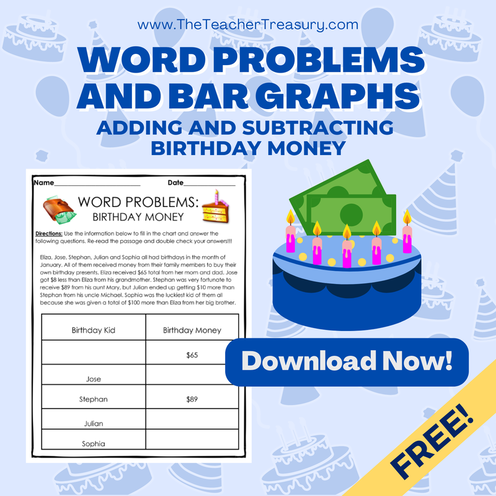

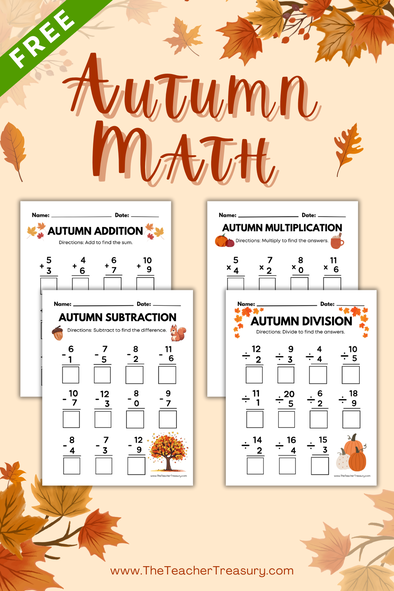
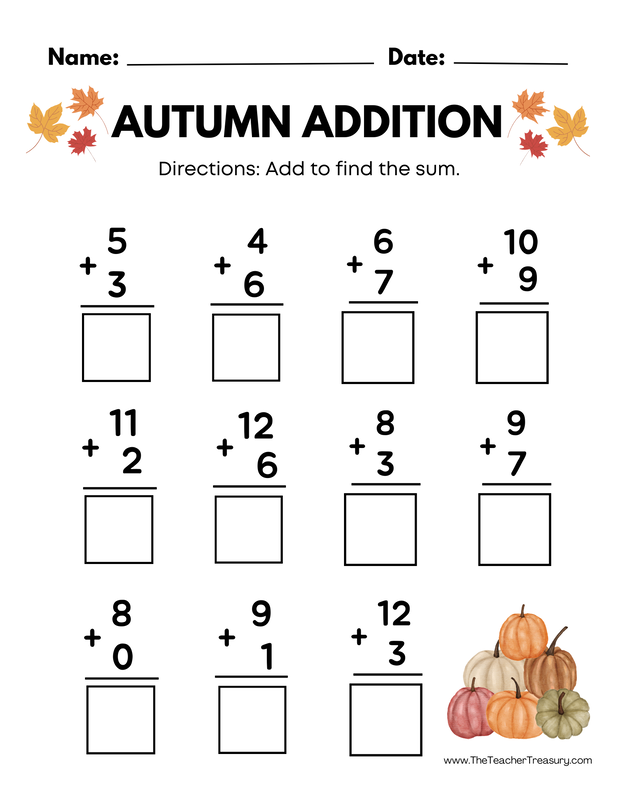
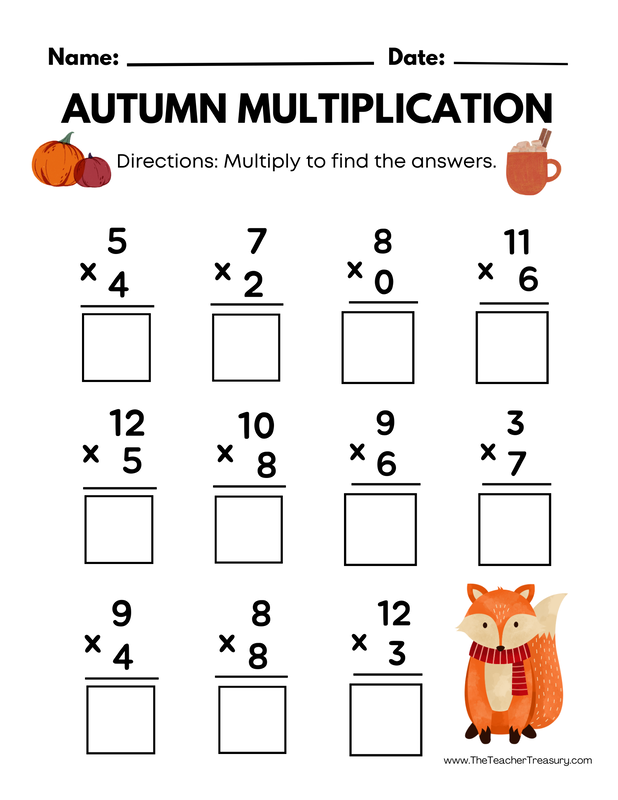
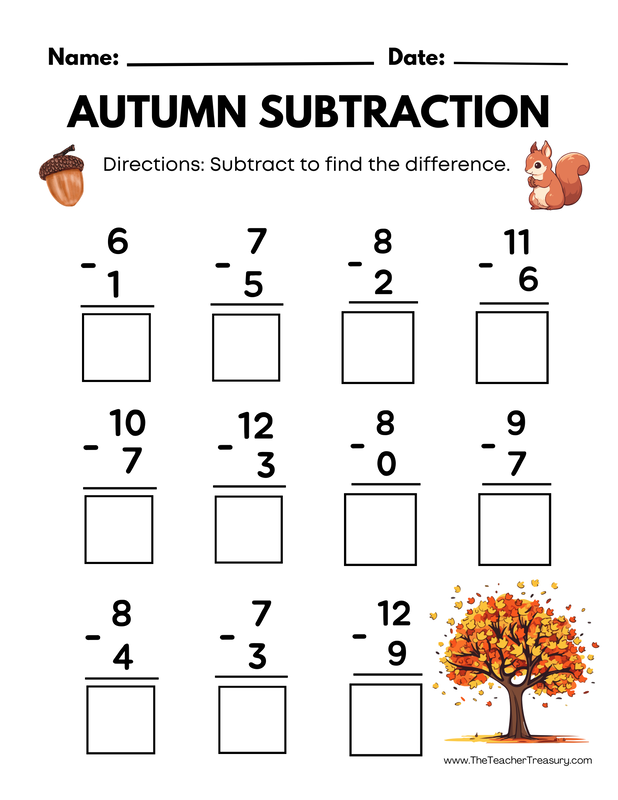
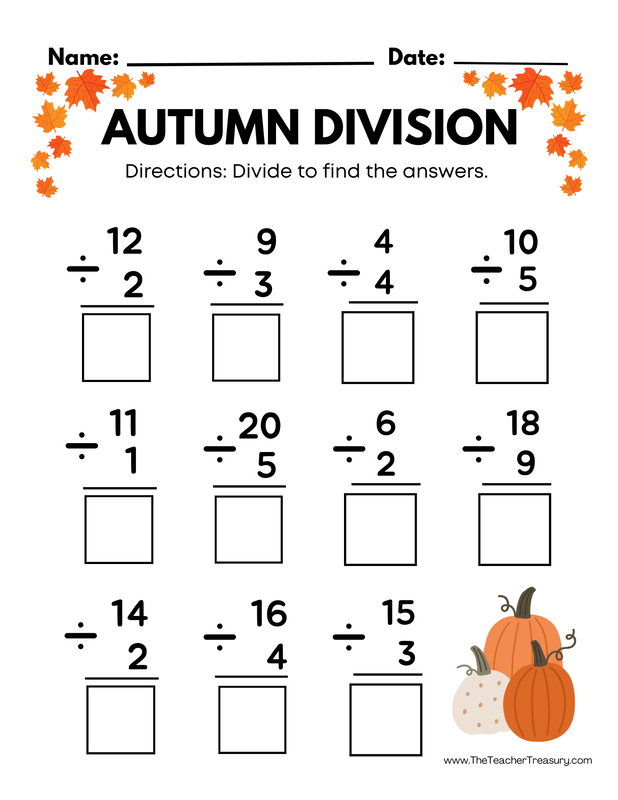

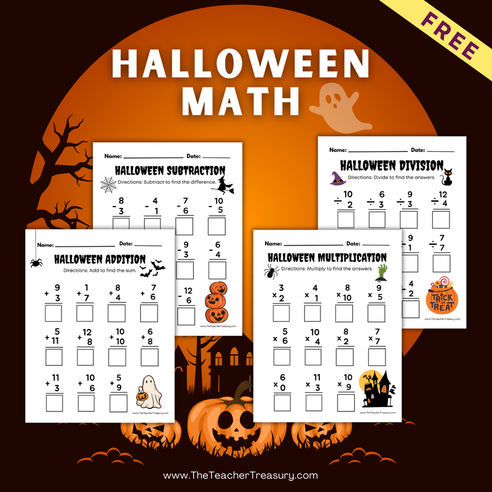
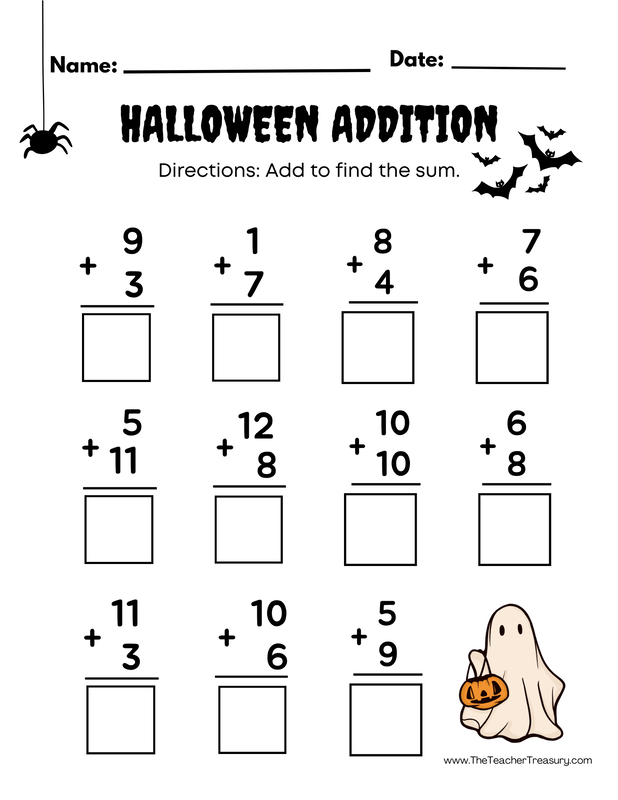
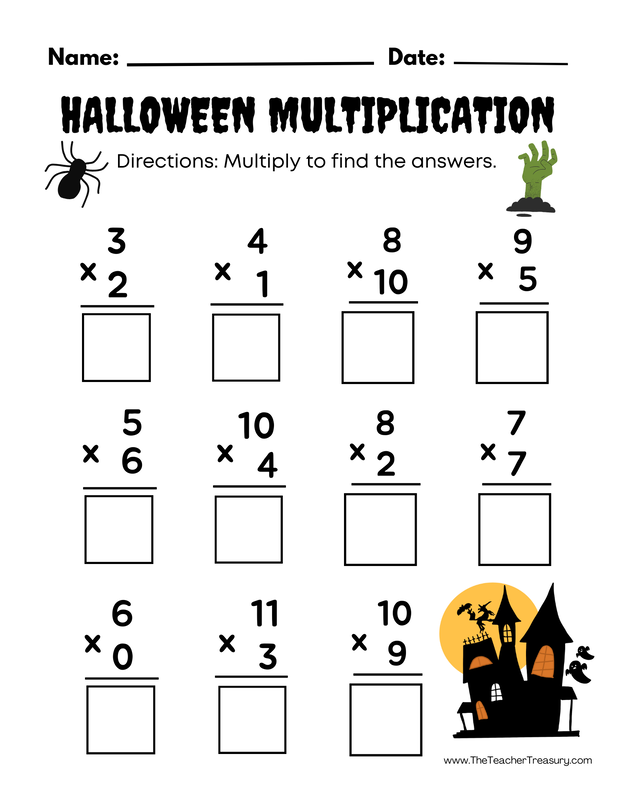
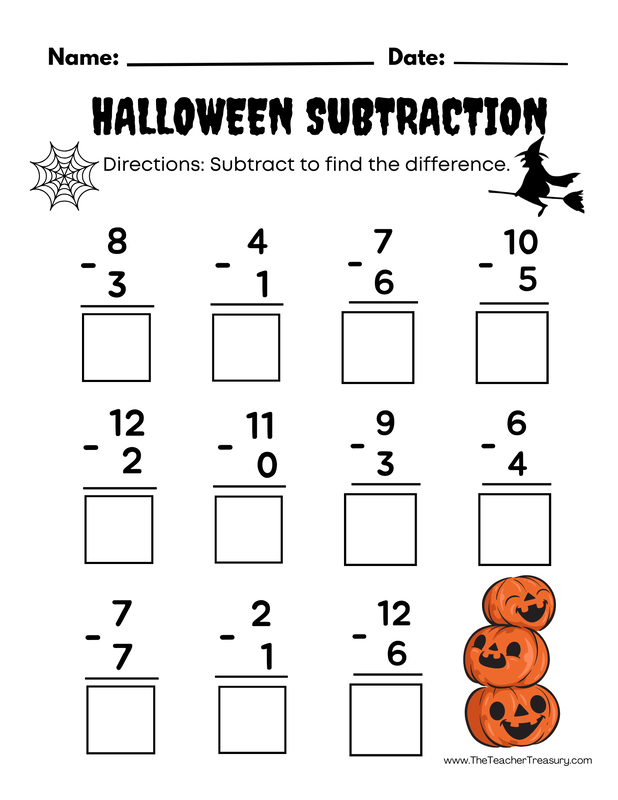
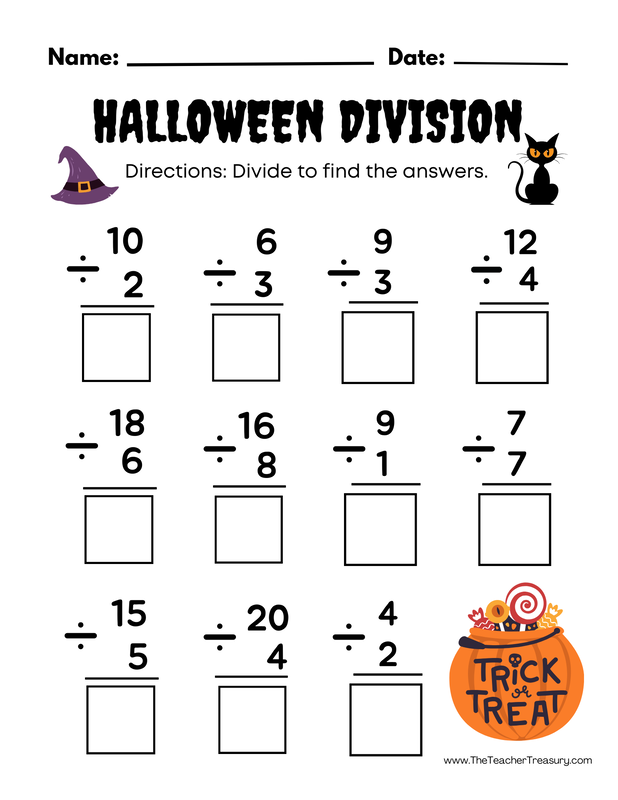

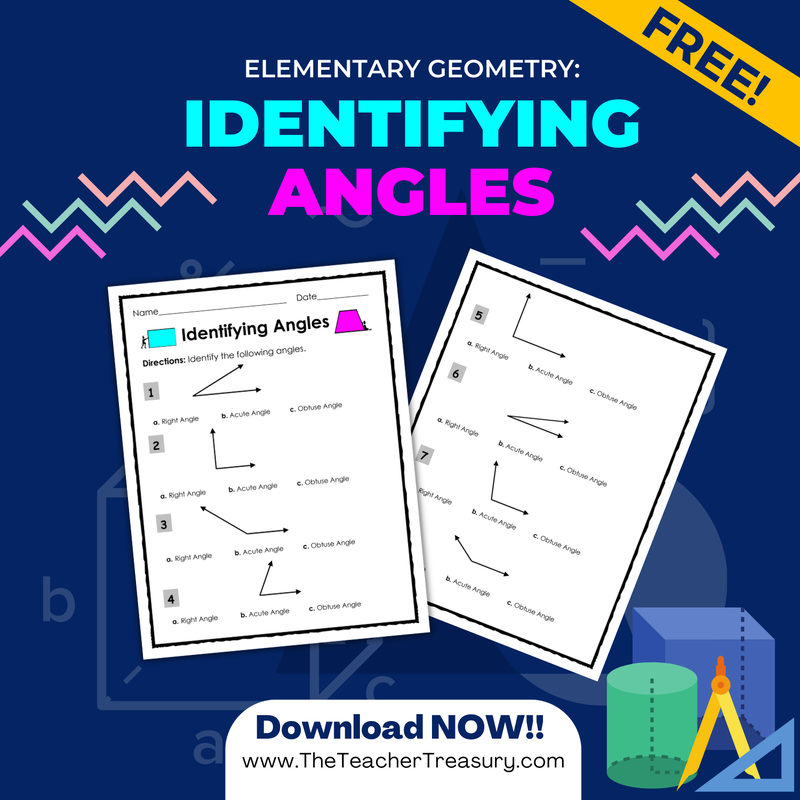

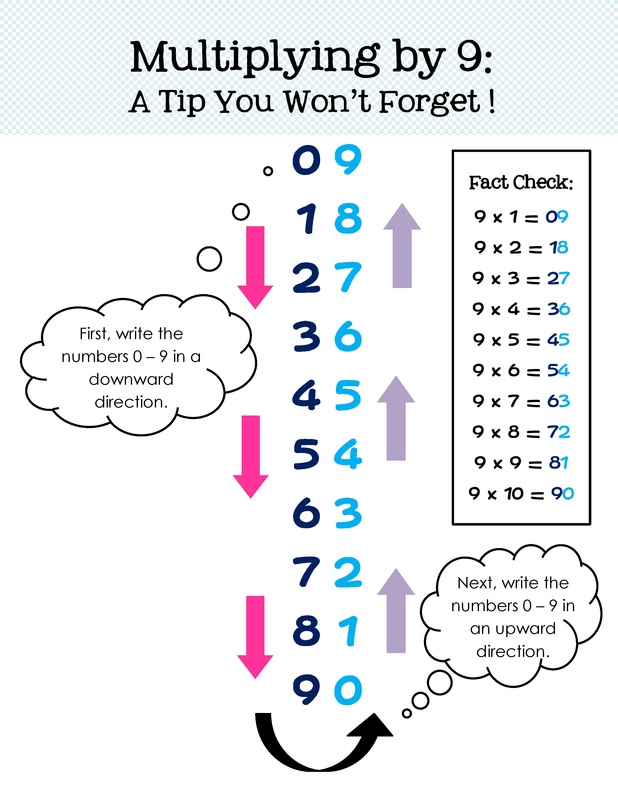
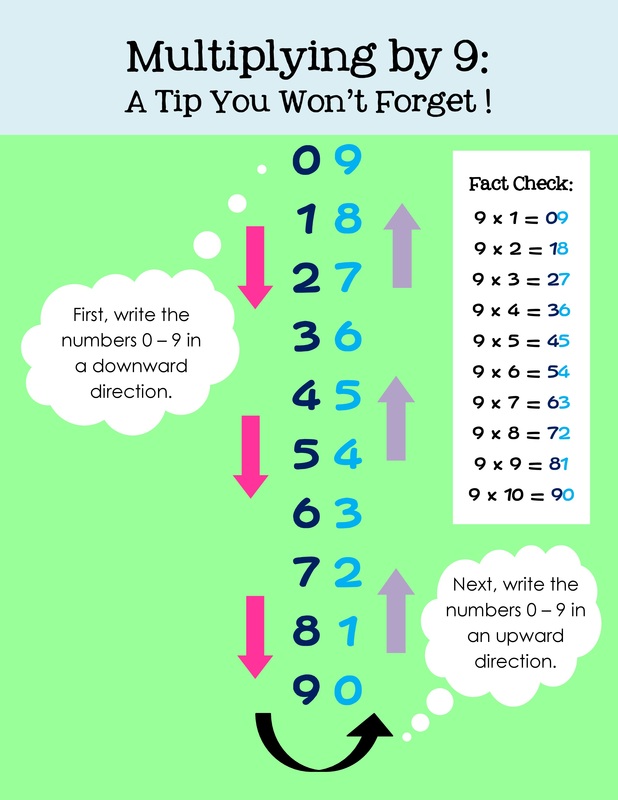
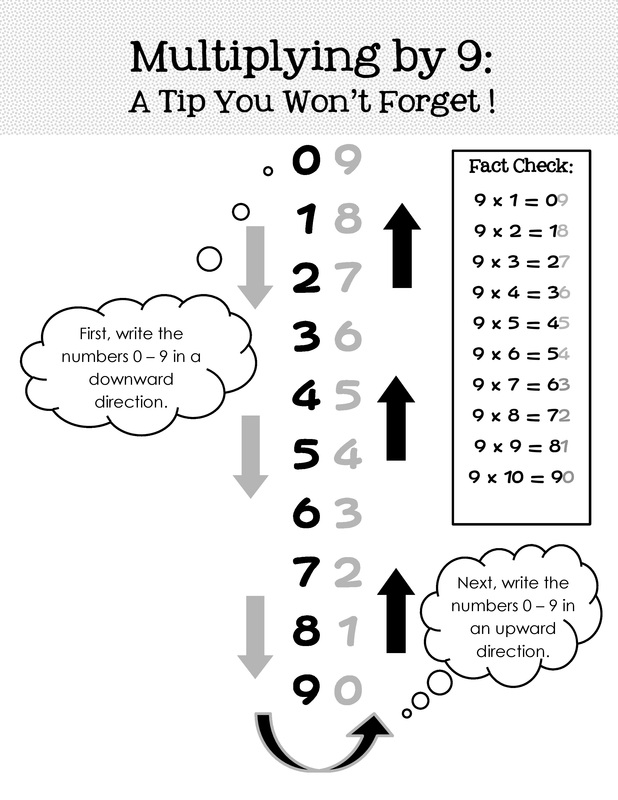

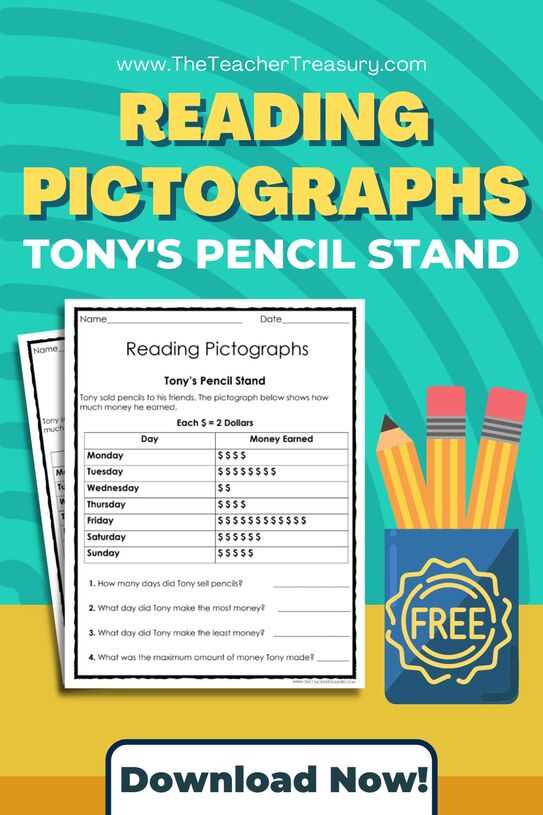
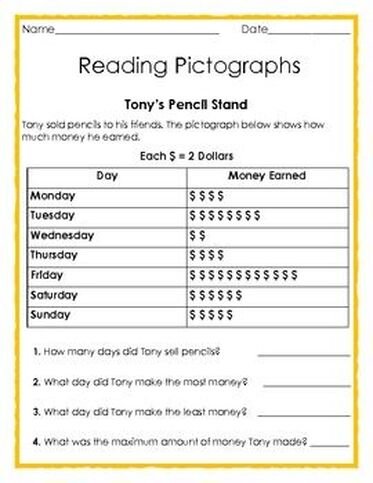
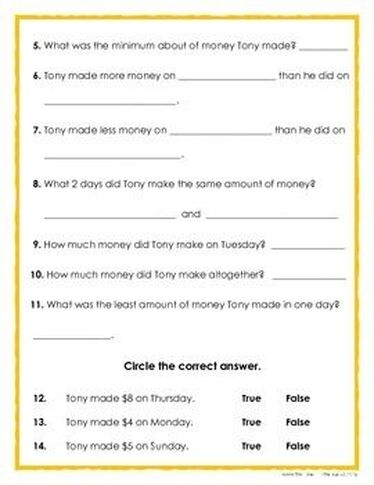
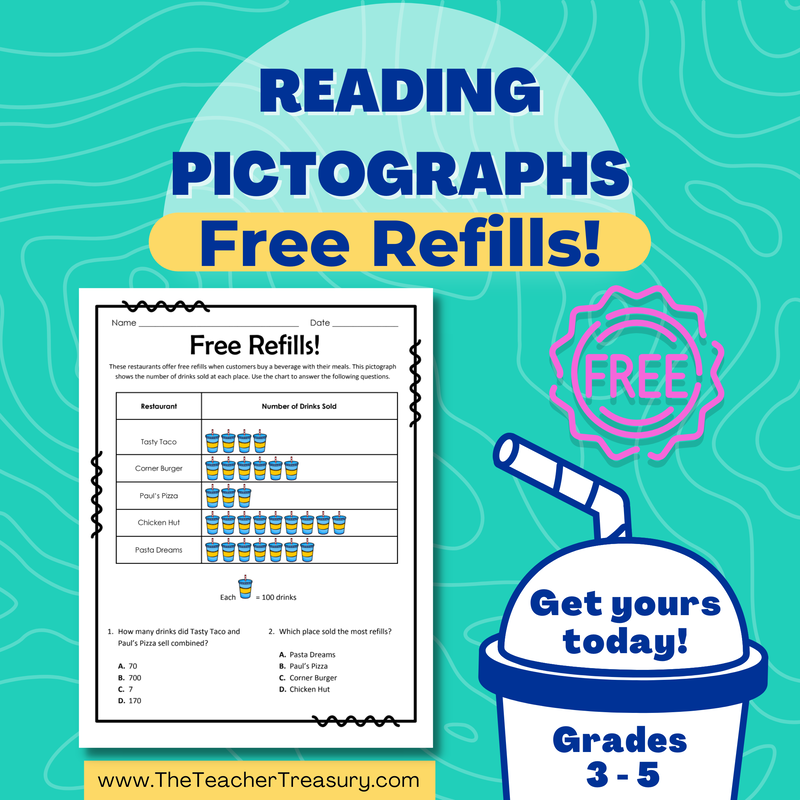
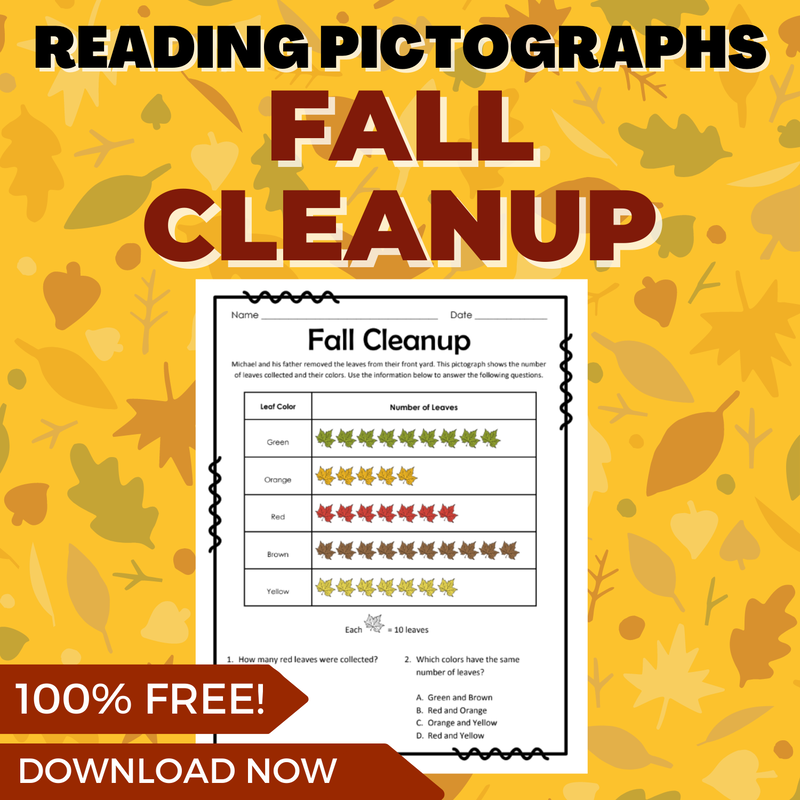
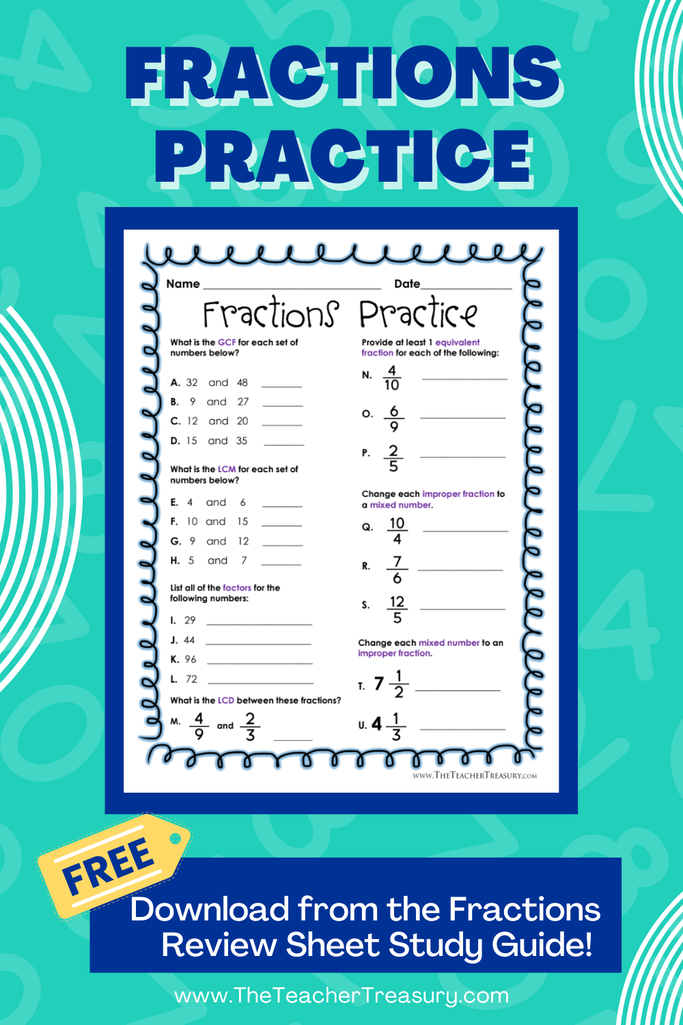
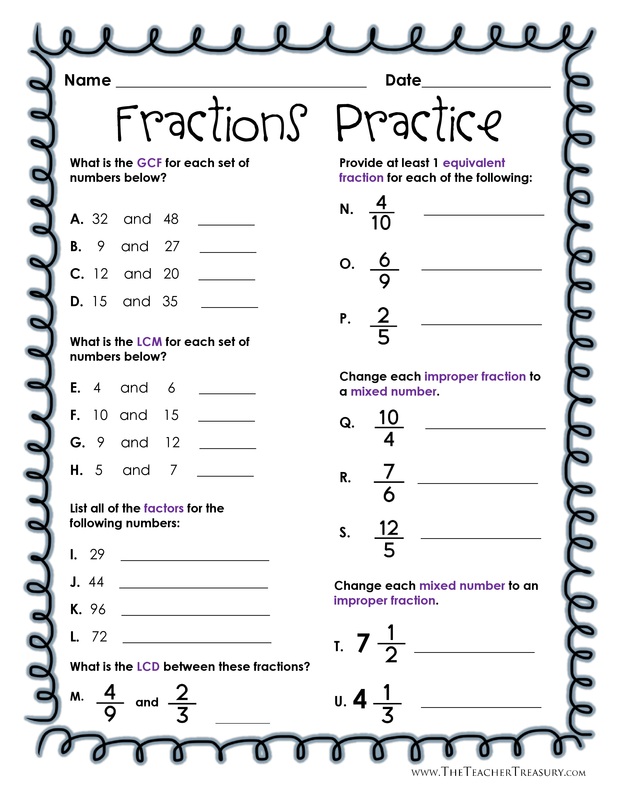
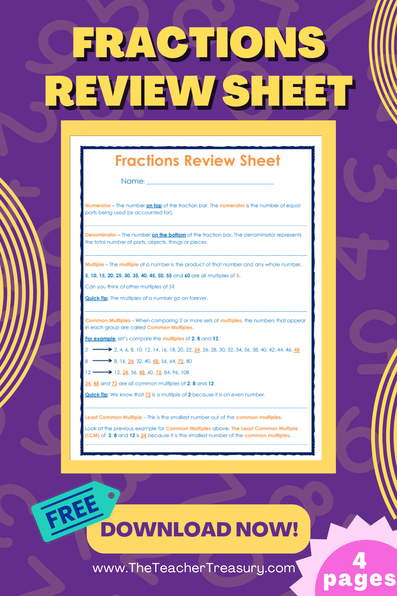
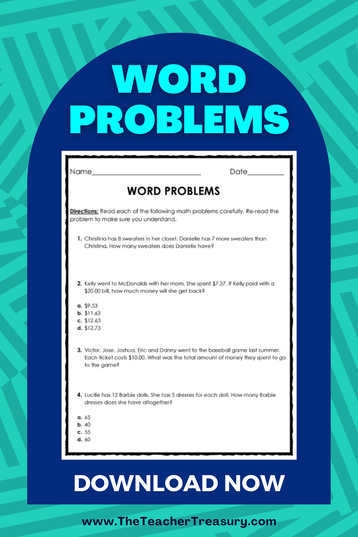
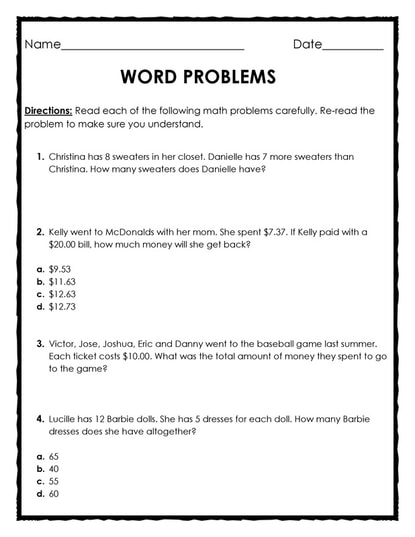
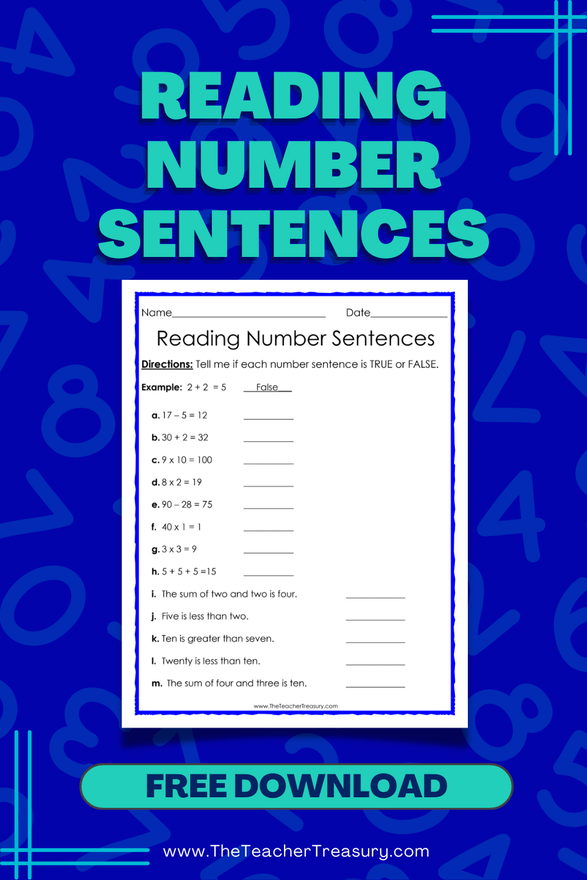
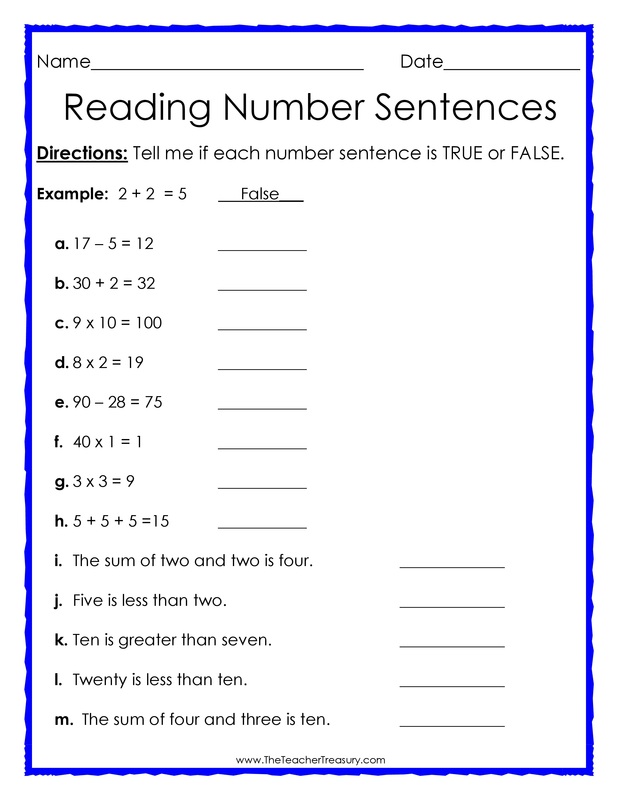
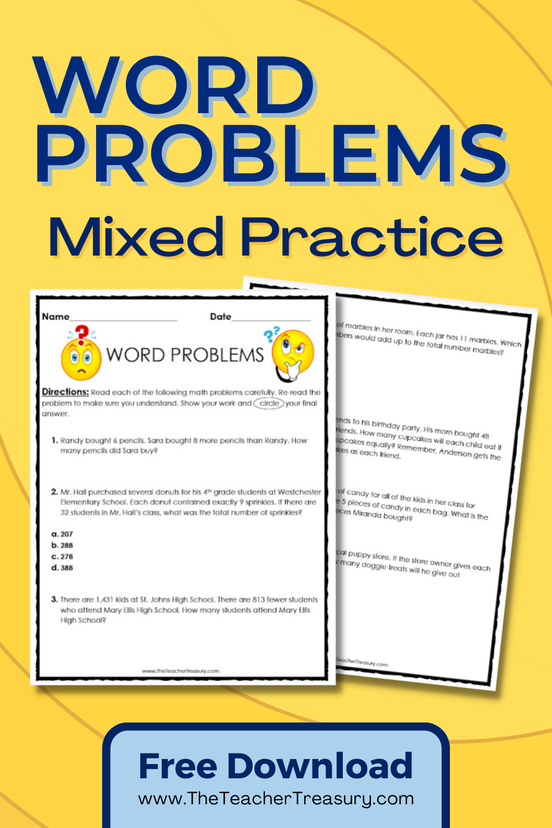
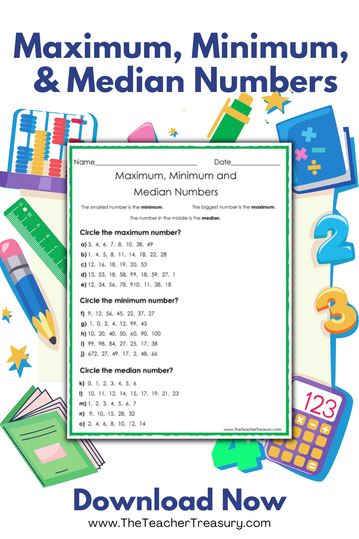
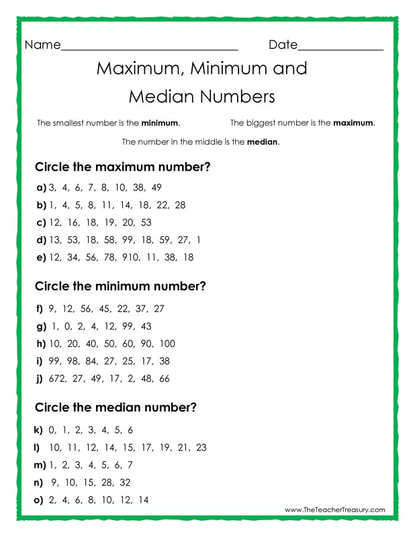
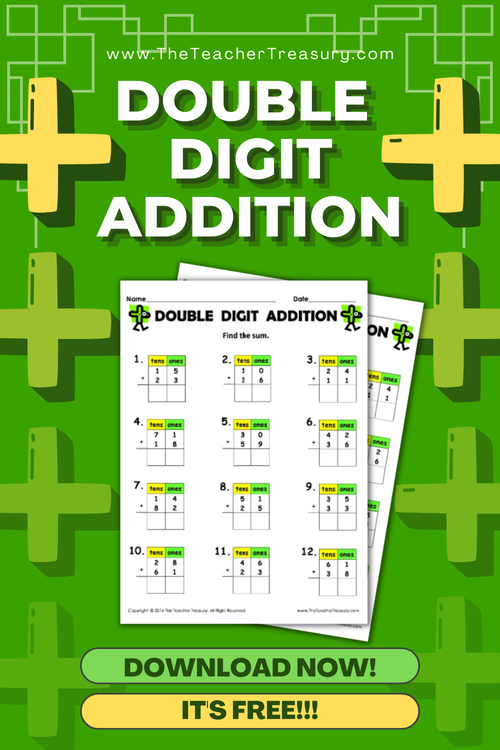
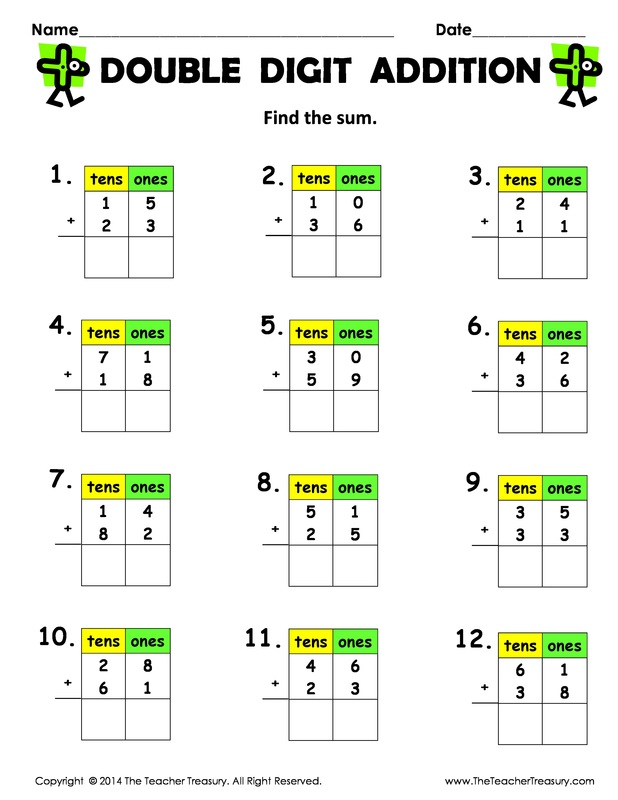
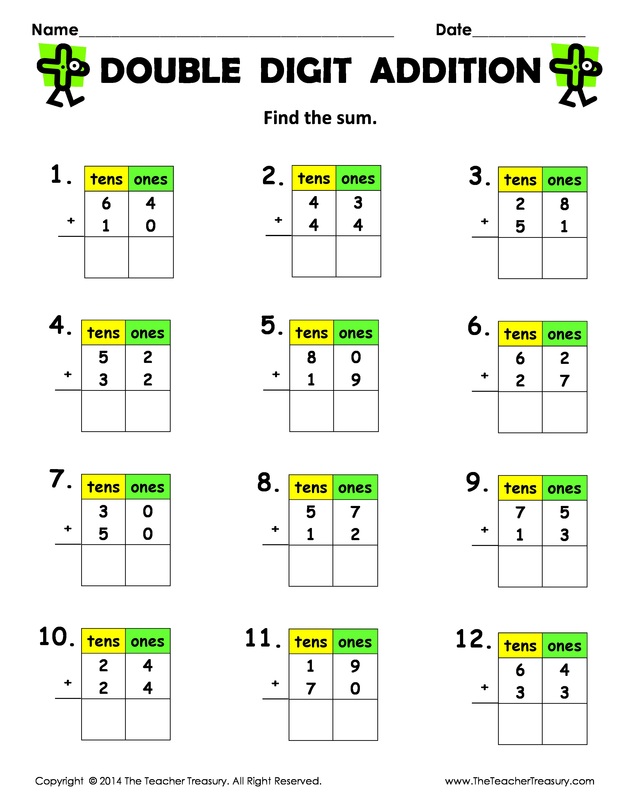
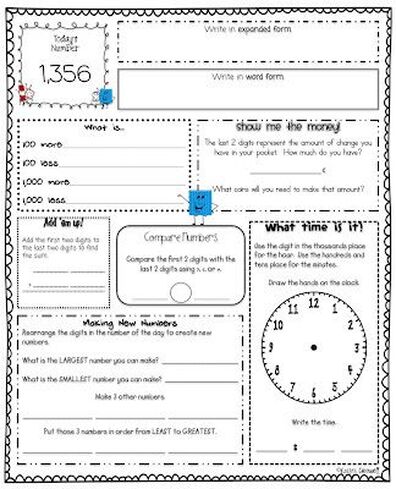

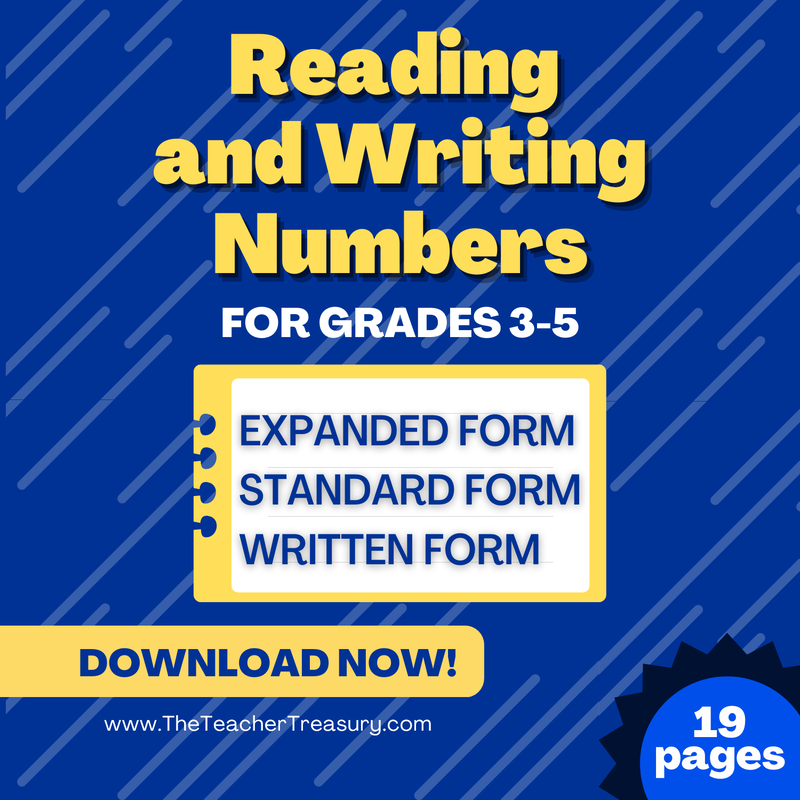
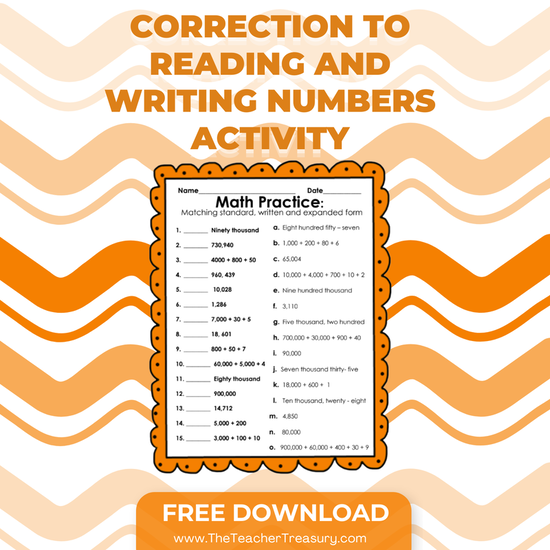
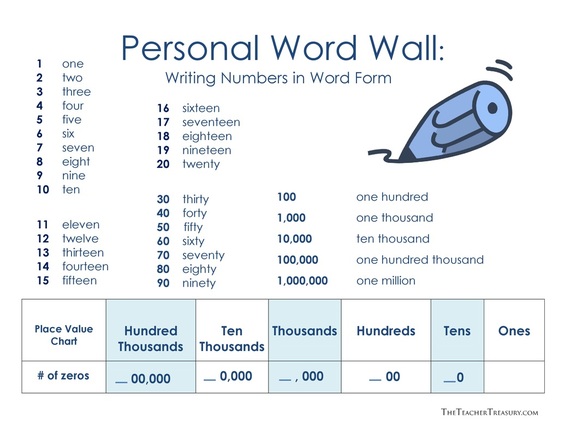

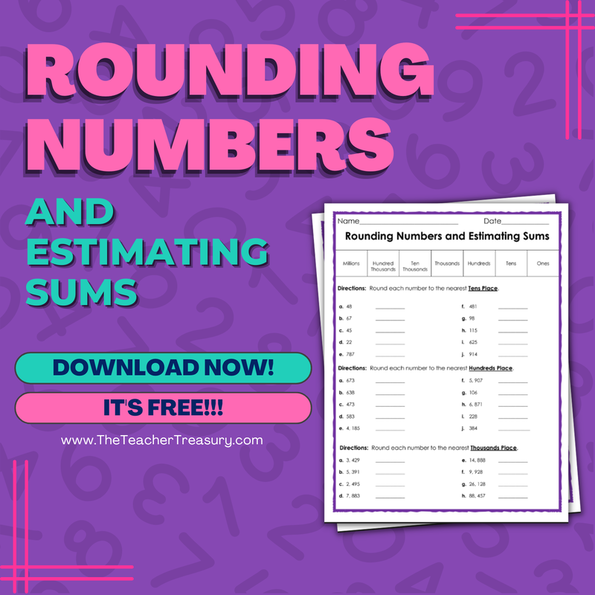
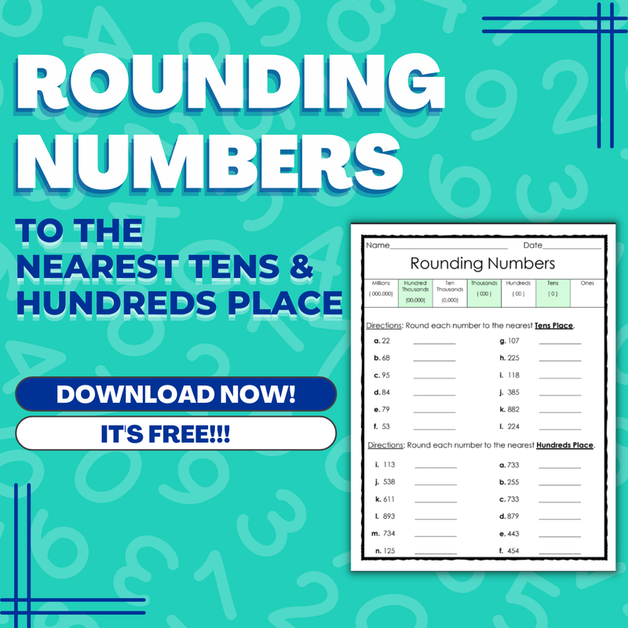
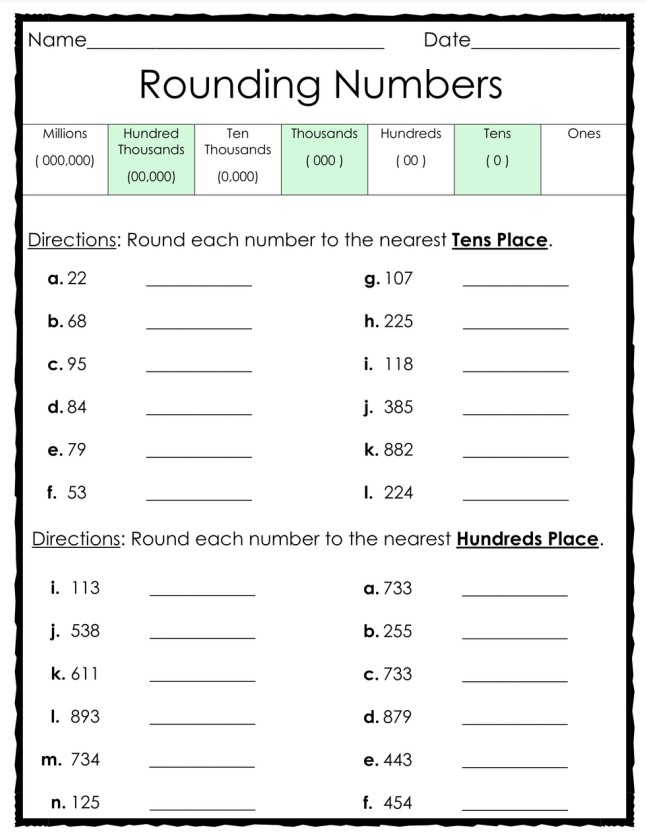
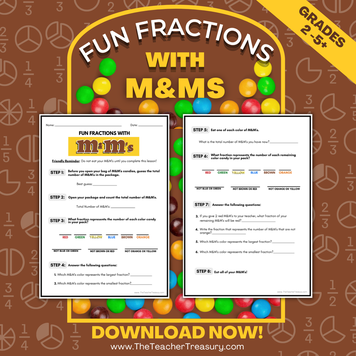
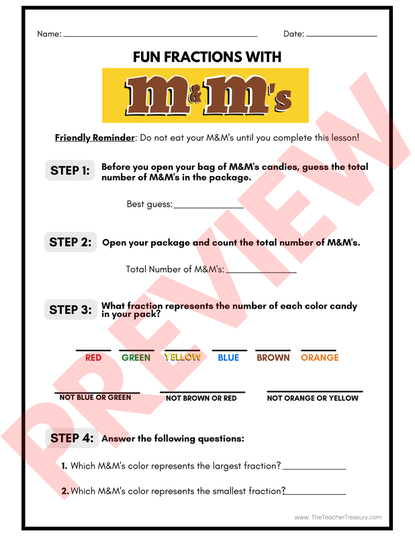
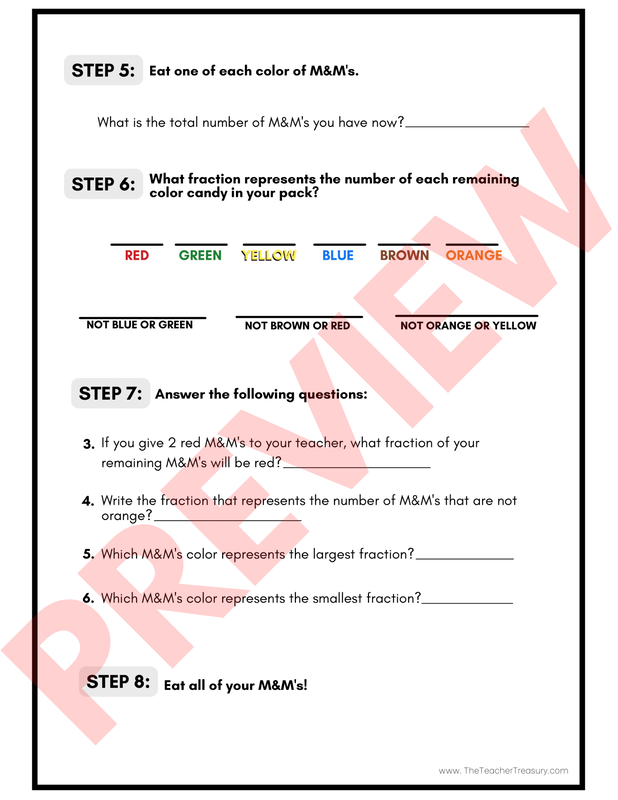
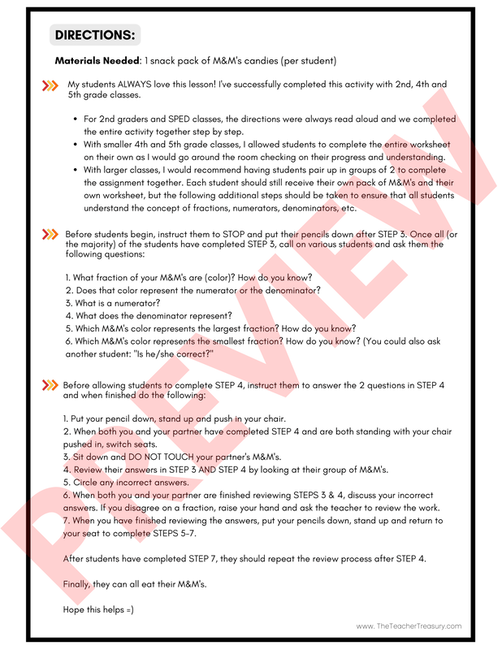
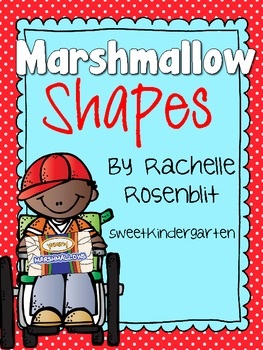
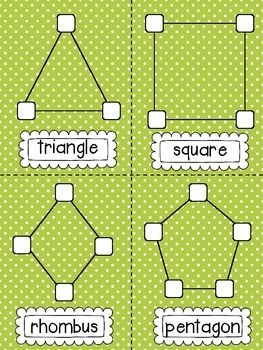
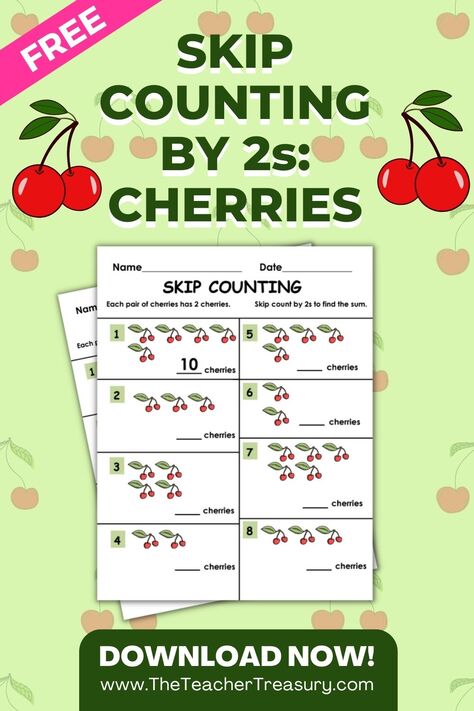
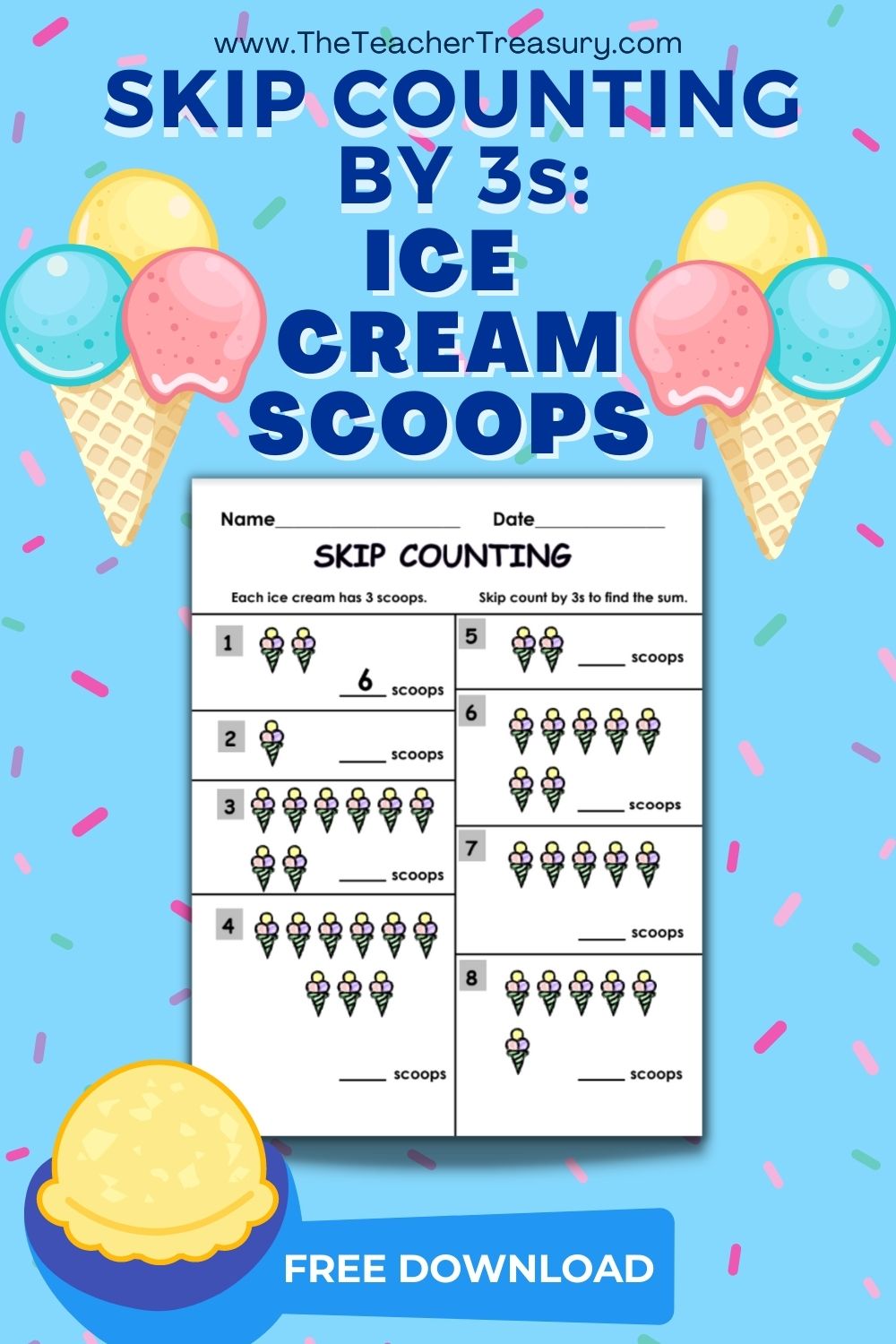
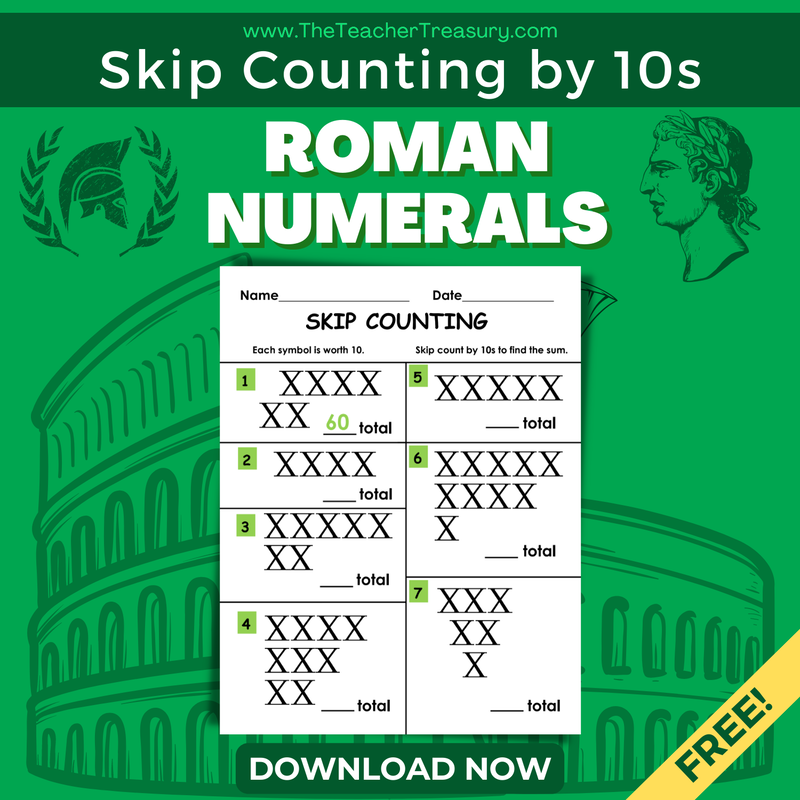
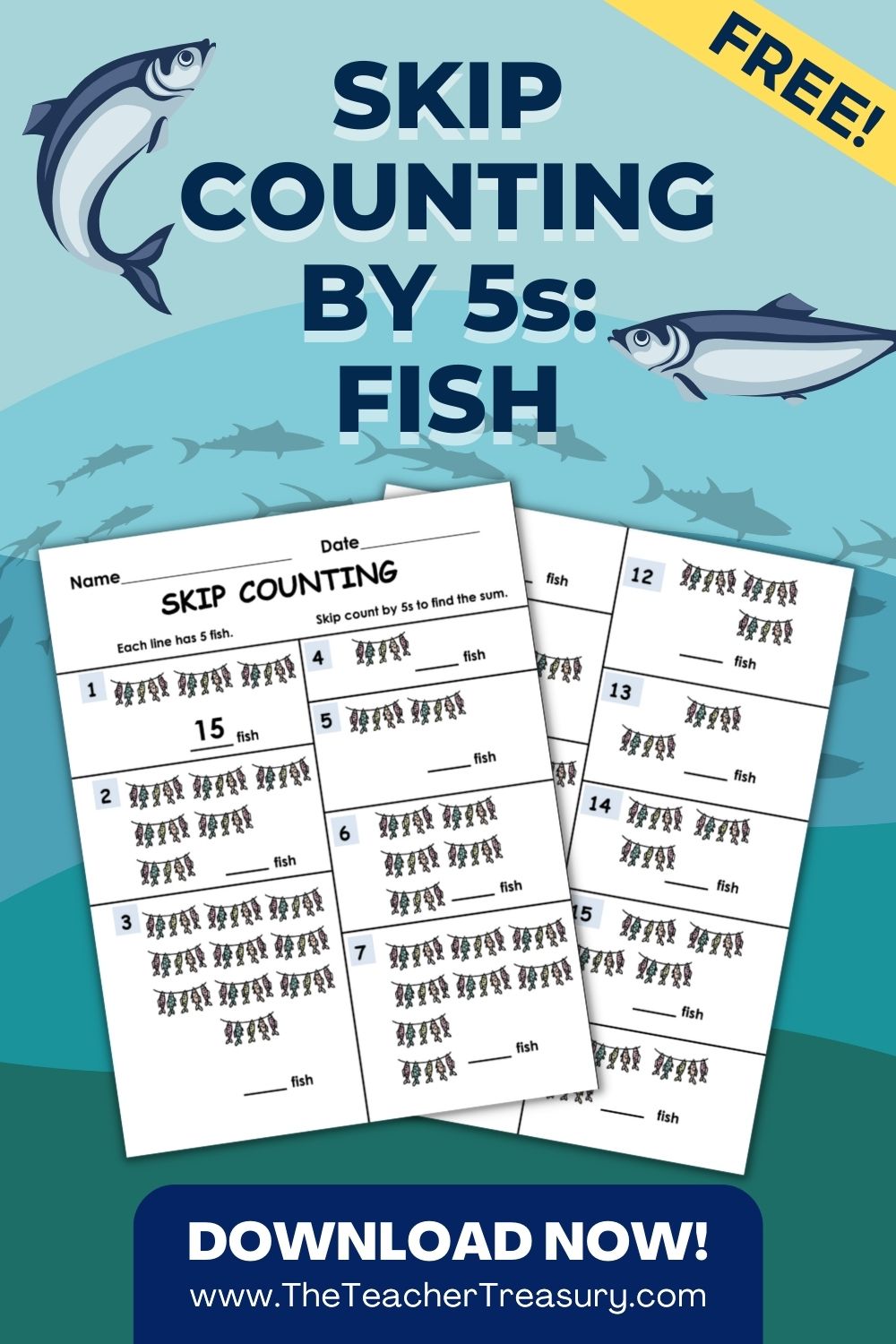
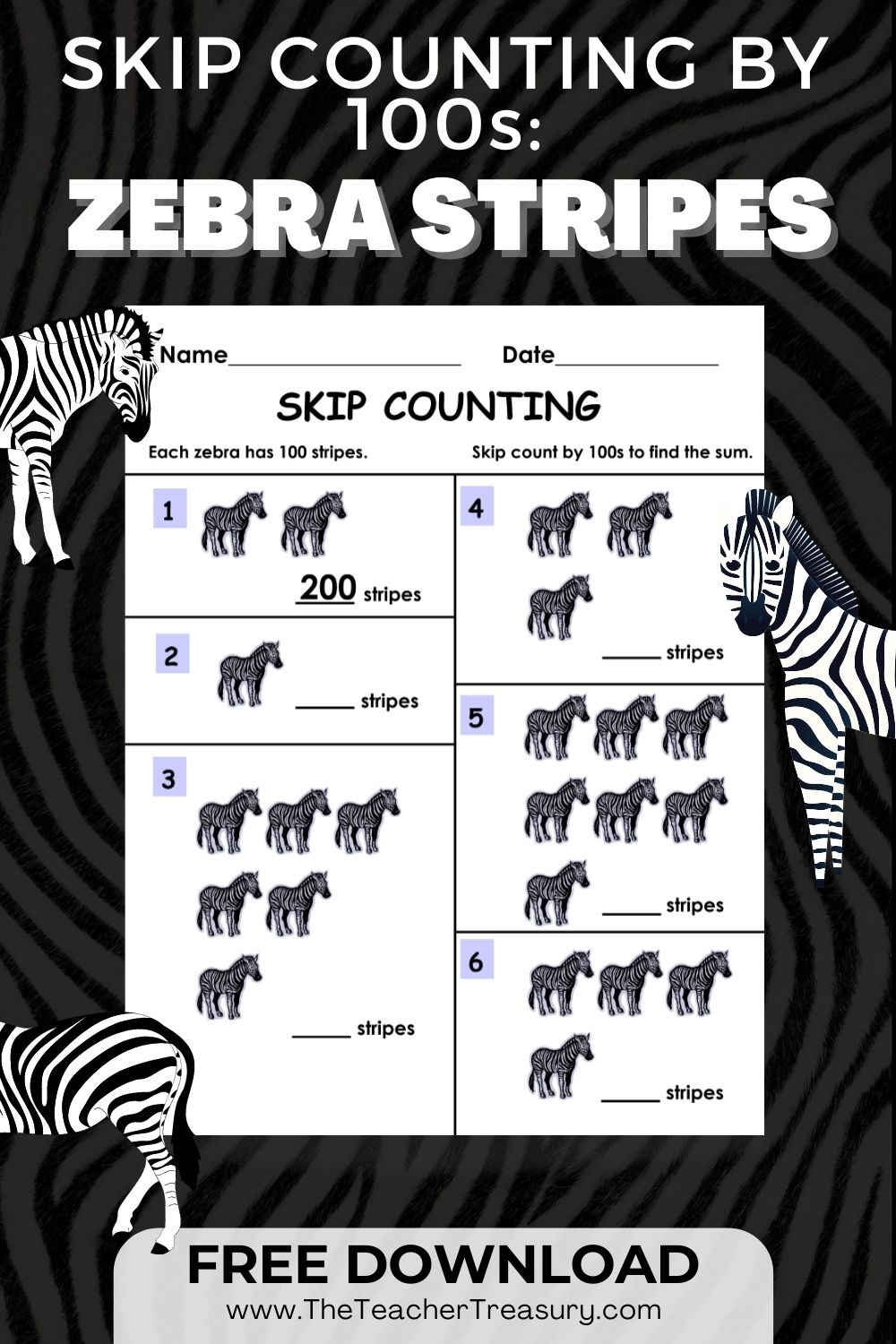
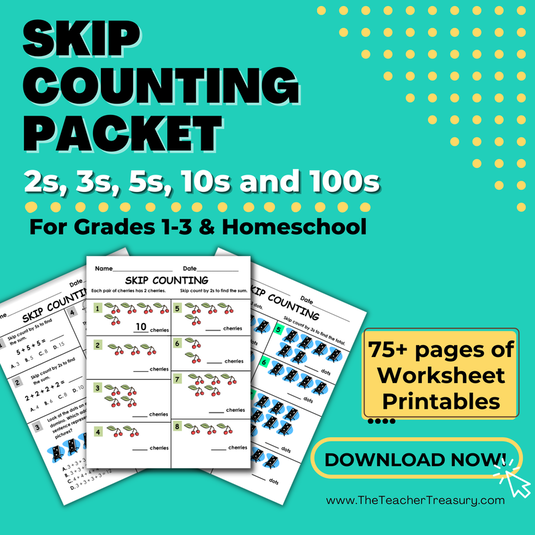
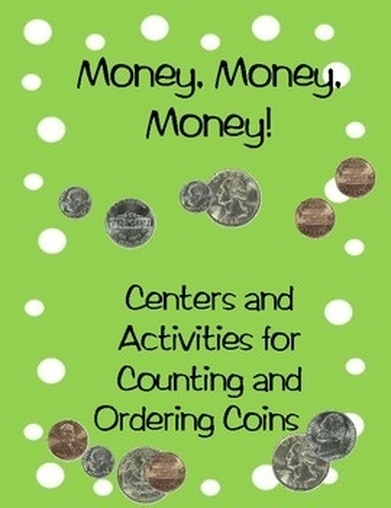
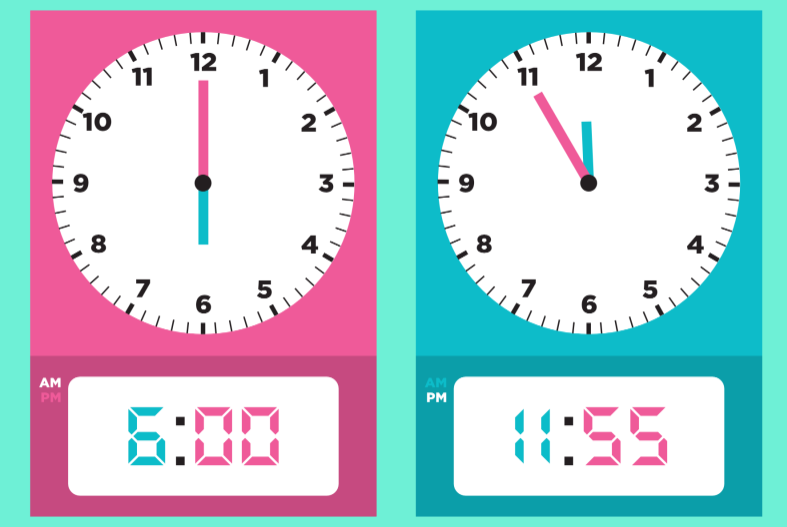
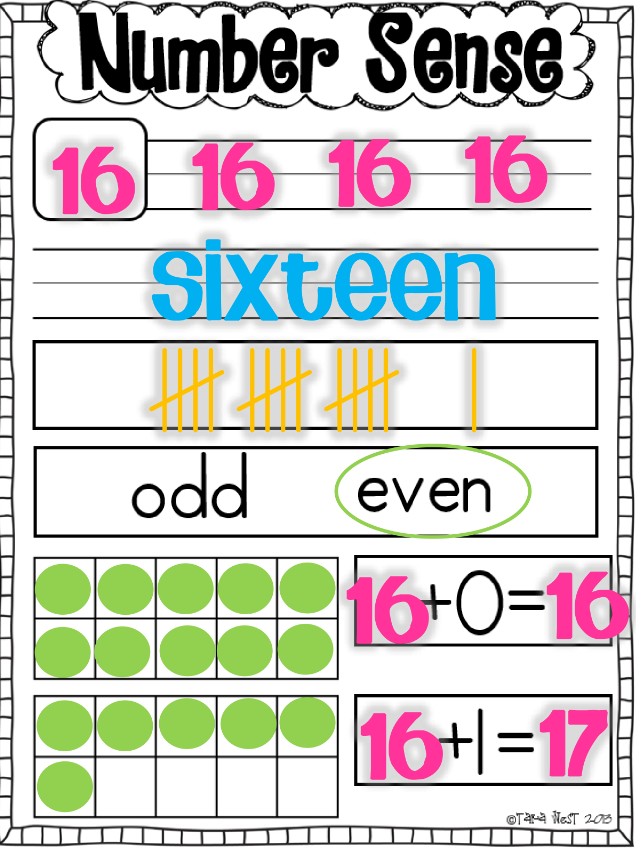
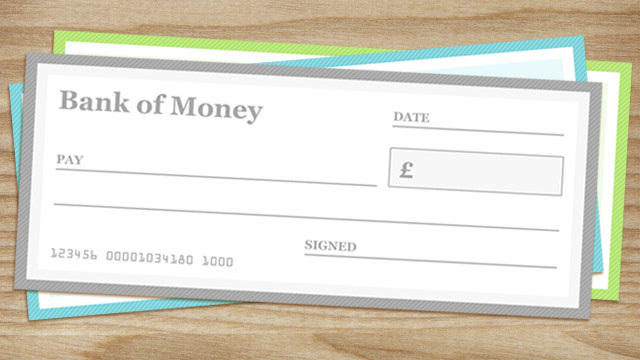
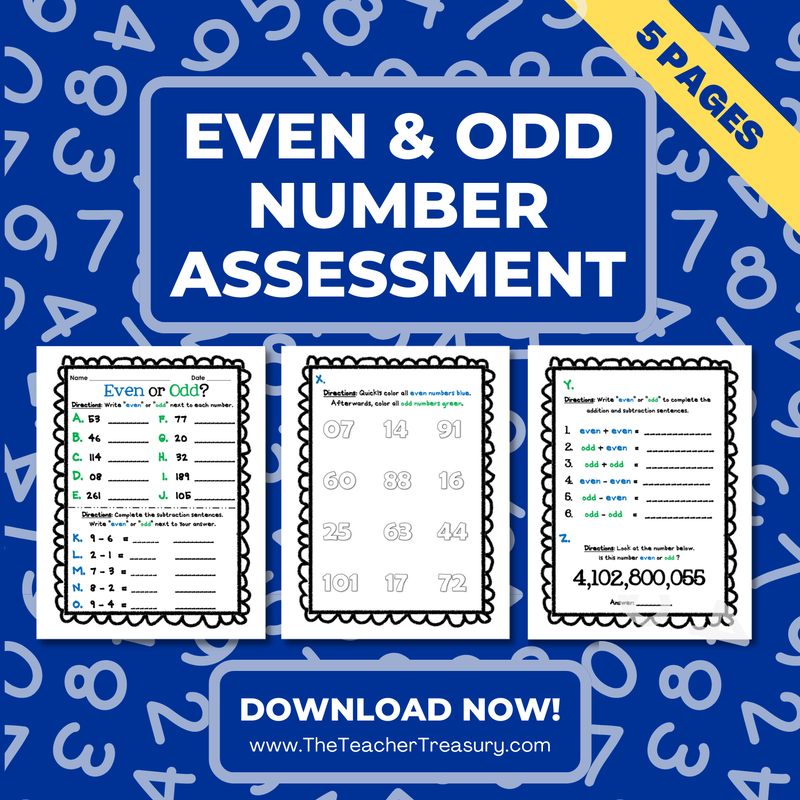

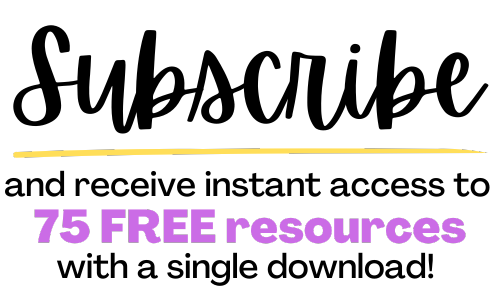
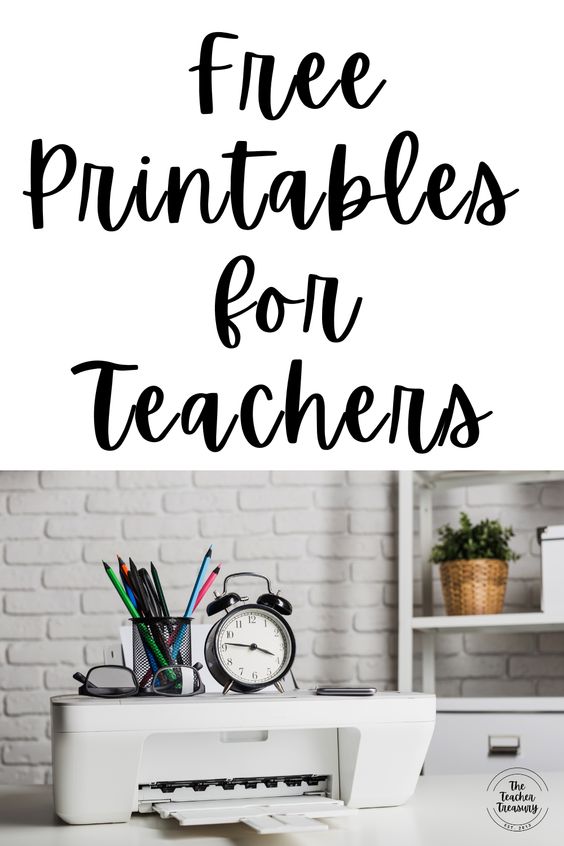



 RSS Feed
RSS Feed